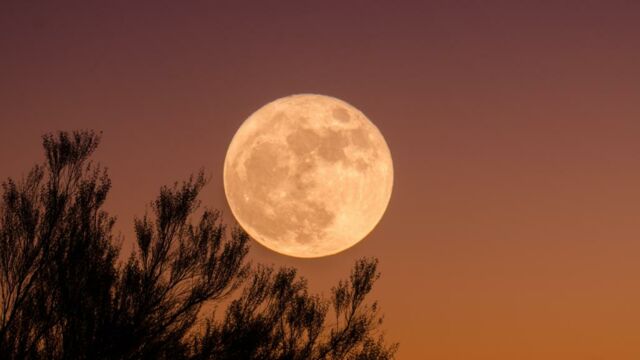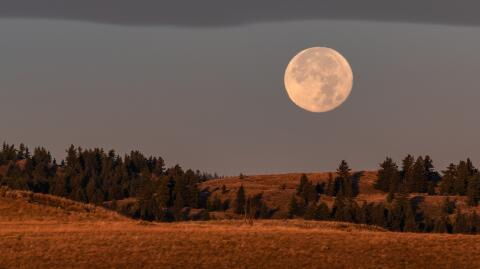Super flower moon, super strawberry moon, super blue blood moon. All the events concerning our star fascinate us and have names that are all more unique than the others. This week's event is no exception to the rule, as on July 13 there will be a super moon of thunder!
Discover our latest podcast
Supermoon or perigee-syzygy
But what is the difference between a 'classic' full moon and a supermoon? We owe the latter name to the astrologer Richard Nolle, who in 1979 sought to establish a link between full moons and the occurrence of natural disasters. He proposed that any full moon that comes within 90% of its closest point to the Earth should be called a 'supermoon'.
🚨 Largest 'Supermoon' of the year happening on July 13th. pic.twitter.com/iOfiF7E6K4
— Latest in space (@latestinspace) July 11, 2022
Well, it turns out that scientifically, this astrologer did not prove anything at all, but the term stuck. In the scientific community, the term 'perigee-syzygy' is used instead, and it has to be said that it is infinitely less classy.
The supermoon on 13 July
On July 13, the Thunder Moon will reach its peak at 7.37 pm. During this event, the Earth's natural satellite will appear larger than usual. According to The Guardian, the moon will be 357,418km (222,089 miles) above Earth
Across the Atlantic, the super thunder moon is nicknamed ‘Buck Moon’. This is because it occurs when the antlers of deer (or ‘bucks’) reach their maximum size.
This article was translated from Gentside FR.
Read more:
⋙ Astronomy: Beginner's guide to get started
⋙ Here’s all you need to know about the Black Moon on April 30
⋙ This is what your emotional personality is based on your moon sign















